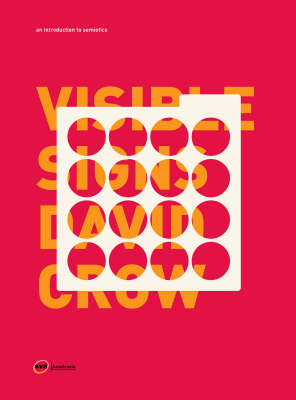Required Reading Range
2 total works
This book is a journey through our increasingly visual culture. A journey where we consider how technological change has influenced the way we think, the way we see and the way we communicate. We will look at the way that the development of language has gone hand in hand with the development of technology. The rise of alphabetic literacy reading and writing has reconfigured the way we think and has been a contributing factor to changes in history, religion, gender relations and culture. With the introduction of television, the potency of images was greatly increased. As a result, alphabetic information has faced a strong challenge. The rapid development of screen-based media over the latter half of the 20th century has seen the introduction of an increasingly portable range of digital technologies and with this has come an increasingly image based use of language. The increasing convergence of the television with the home computer, the video game, the world wide web, the mobile telephone and the digital camera has run in parallel with a reduction in the number of people reading text.
Artists, designers, authors, publishers, schools and universities have all had to reassess their approach to language and find new ways of talking to a generation who have a new way of reading. The trend of mass media communication is toward the visual and we find ourselves in an age where even our written language is becoming more and more visually driven.
Artists, designers, authors, publishers, schools and universities have all had to reassess their approach to language and find new ways of talking to a generation who have a new way of reading. The trend of mass media communication is toward the visual and we find ourselves in an age where even our written language is becoming more and more visually driven.
AVA Academia is a new list of college textbooks, which aims to bridge the gap between traditional text-heavy reference books and the visual eye candy of showcase books. Each title will be written by a leading college professor or lecturer and will be edited to fit into the diverse curricula of art schools and colleges around the world. One of the first titles in this series, "Visible Signs" introduces design students to the fundamentals of semiotics. Basic semiotic theories are taught in most art schools as part of a contextual studies programme, but many students find it difficult to understand how these ideas might impact on their own practice. This text tackles this problem by explaining basic communication terms and theoretical contexts through visual examples of graphic work. Concepts such as signs and signifiers, language and speech are all explored through examples of contemporary graphic design and fine arts.

